China is helping redevelop what was once the US’s largest overseas military base
Clark Freeport Zone, Philippines
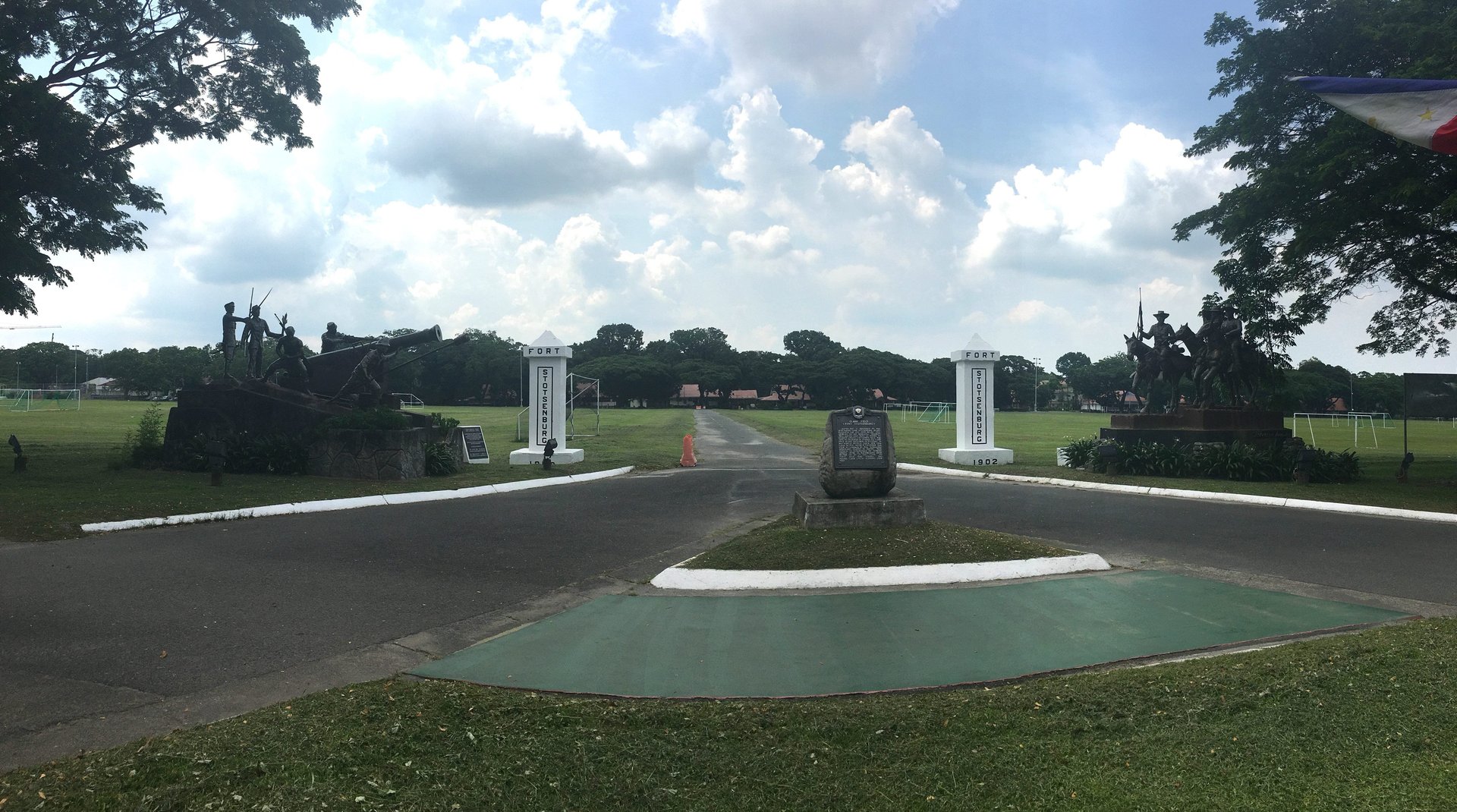

Clark Freeport Zone, Philippines
It has been 26 years since the US military, prodded by a volcanic eruption, left Clark Air Base in the Philippines. But signs of its stay, which lasted over eight decades, remain. The site follows city planning established by Americans, complete with barn-style houses lining some roads. Still present are old barracks, the parade grounds, and a veterans’ cemetery for US and Filipino soldiers and their families.
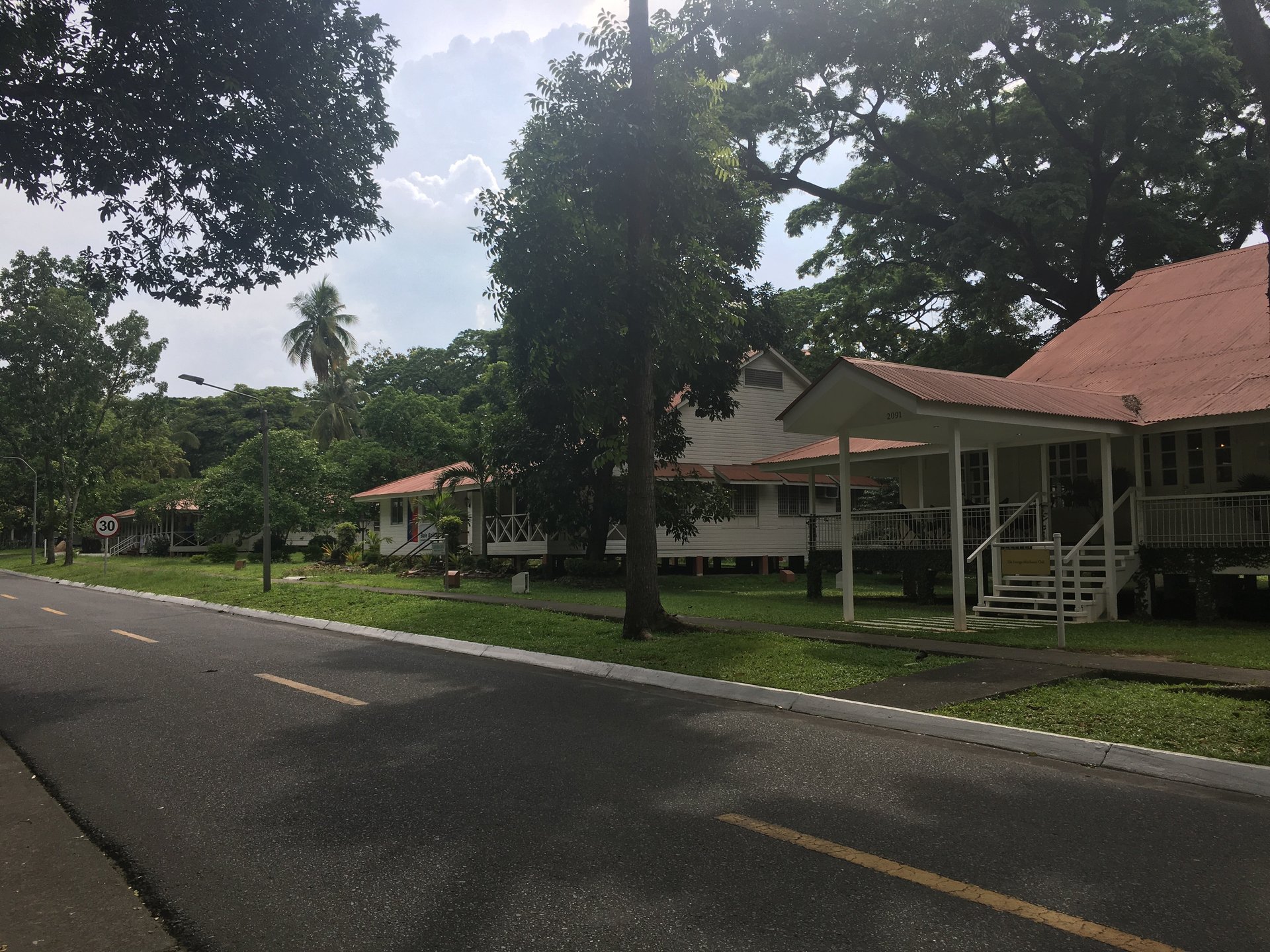
“A lot has changed, but the basics are there,” said Noel Flores, a 47-year-old local lawyer. “If you’ve been to areas in California or particularly in New Jersey, the atmosphere is quite similar.”
But looks can be deceiving. While Clark was once the largest overseas American base, today the site is being transformed into a new business district that will one day rival Manila. And it’s China, not the US, whose presence is increasingly felt in the area.
Last October, Philippine president Rodrigo Duterte surprised many by announcing his “separation” from the US while he “aligned” with China. Beijing, for its part, pledged to invest heavily in badly needed infrastructure improvements in the Philippines—including ones that will help transform Clark and its surrounds.
Given the base’s once key role in the US projecting power in Southeast Asia, China’s hand in its transformation is a sharp reminder of Beijing’s growing influence in the Philippines and beyond.
New friends
Not everyone was surprised by Duterte’s October 2016 announcement, which he delivered while on a state visit to Beijing. To political analyst Ramon Casiple, the move was about normalizing relations not just with China, but with the US as well.
“It is not to break relations with the US, but to put [Duterte], the administration, and the country in a position that has leverage against both,” Casiple said. In his mind, the US went from having a “preferential” relationship with the Philippines to a normal one “on the same level as China.”
Another reason for Duterte’s embrace of China is his desire to decentralize power away from Manila. To do so, he’ll need to vastly improve—with financial help from the outside—the infrastructure of other parts of the nation. Clark is one of the more promising places to do that, thanks to its size, location, and the infrastructure previously installed by the US. (Japan, ever wary of China’s moves, is also getting involved, offering to fund a railway link between the airports in Clark and Manila.)
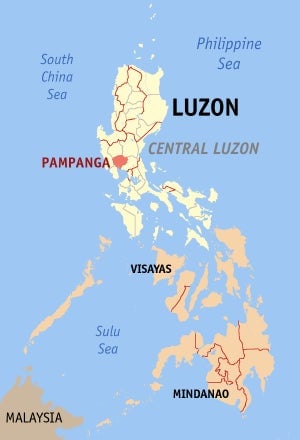
During its heyday, Clark Air Base had a population of 15,000 and encompassed about 600 sq km (230 sq miles) of land, including a military reservation.
Today the site, located about 80 km (50 miles) northwest of Manila in the provinces of Pampanga and Tarlac, is home to the Clark Freeport Zone. With tax-free importing and other incentives, the zone lures companies from a wide variety of industries. They in turn employ tens of thousands of local residents from the surrounding areas.
But bigger plans are afoot for the former base. An urban development called New Clark City, estimated to be completed by 2021, will be located next to the freeport zone, and offer the same financial breaks. While such plans have been hindered in the past by politics and business rivalries, Duterte is pushing them forward.
China steps in
When he returned from Beijing last year, Duterte brought with him $24 billion worth of investments and pledges. According to the Philippines trade ministry, at least three projects relate to developments in Clark, including an industrial park in New Clark City (sometimes called Clark Green City) and a cargo rail link between Clark and Subic Bay. The latter is also a freeport zone and home to a former US naval base. Another project calls for China’s Huawei to build tech infrastructure in the area.
Such investments are in line with China’s “One Belt, One Road” initiative, which aims to link China (and its products) to countries in Asia, the Middle East, Africa, and Europe via new infrastructure projects, especially transportation-related ones.
Clark’s central location in Asia, its proximity to Manila, and its onsite international airport mean China won’t have to wait long to reap the benefits of helping the Philippines. In a few years its businesses will be able to take full advantage of the incentives on offer.
The projects will also benefit the Philippines, though the deals may not be as good as they seem. Some question the credibility of the Chinese investors. Others worry such projects could make the Philippines heavily indebted to China, which in turn could weaken its ability to stand up to Beijing in the contested South China Sea. (It was the US military’s withdrawal from the Philippines, mainly Clark and Subic, that opened the way for China’s territorial aggression in that vital waterway.)
A welcome change
While China’s growing influence worries some, many area residents welcome the new developments at Clark. “There will be more tourists coming here, more job opportunities,” said Mark Felker, a 24-year-old working as a museum tour guide at the former base.
After the Americans left in 1991, Clark’s freeport status allowed it to transition into a destination for cheap imported goods. At one point, there were at least 10 duty-free shops at the former base, but by the mid-2000s, many had closed down.
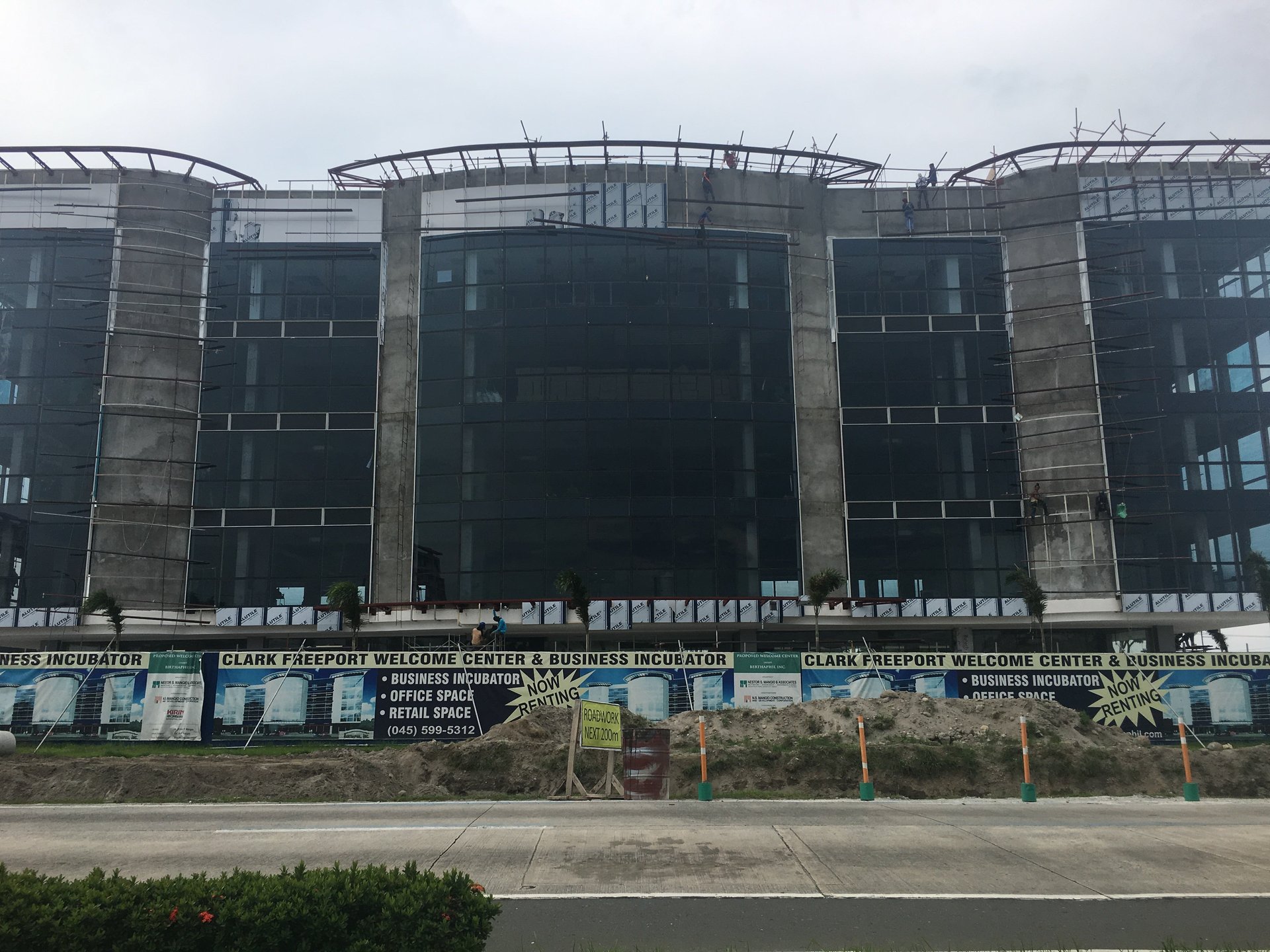
The main concern for locals isn’t China, but something more pedestrian: the lack of public transportation in Clark. Because the zone operates independently from local governments, the jeepneys and motorized tricycles commonly used to get around in the Philippines are not allowed inside. A train system would benefit workers in Clark, Felker said, especially those working graveyards shifts in call centers. According to the Bases Conversion and Development Authority, charged with developing the former US base, the New Clark City project will include a train system that will also help ease traffic in the surrounding areas.
Clark today is a work in progress. New buildings for business incubators and call centers are cropping up near abandoned strip malls. A sprawling compound that once housed a hotel, villas, and a casino is now under new management and undergoing an overhaul. Roads are being widened and bridges reconstructed, slowing down traffic.
For Flores, all that’s left to do is wait for the promised improvements. “I would really have to trust that the officials administering the zone know what they’re doing and that they have it in their heart to look after the greater interests of the future generations.”
An unbreakable bond
Meanwhile, even as China’s presence grows, the ties between the US and the Philippines remain strong.
The Clark Museum, a modest building with three floors of galleries about Clark’s history, has a wing dedicated to its days as a US air base. Memorabilia like uniforms and dinnerware (donated by the families of veterans) are displayed in large wooden cabinets, making them look even more like personal heirlooms. Many of the museum’s visitors are Filipino-Americans.
Felker, who works at the museum, hails from nearby Angeles City and knows about Clark’s history only from books and anecdotes passed on by his family. But like many from the surrounding area, he has an affinity for the place. “I was a product of this base because my grandfather was an American,” he said.
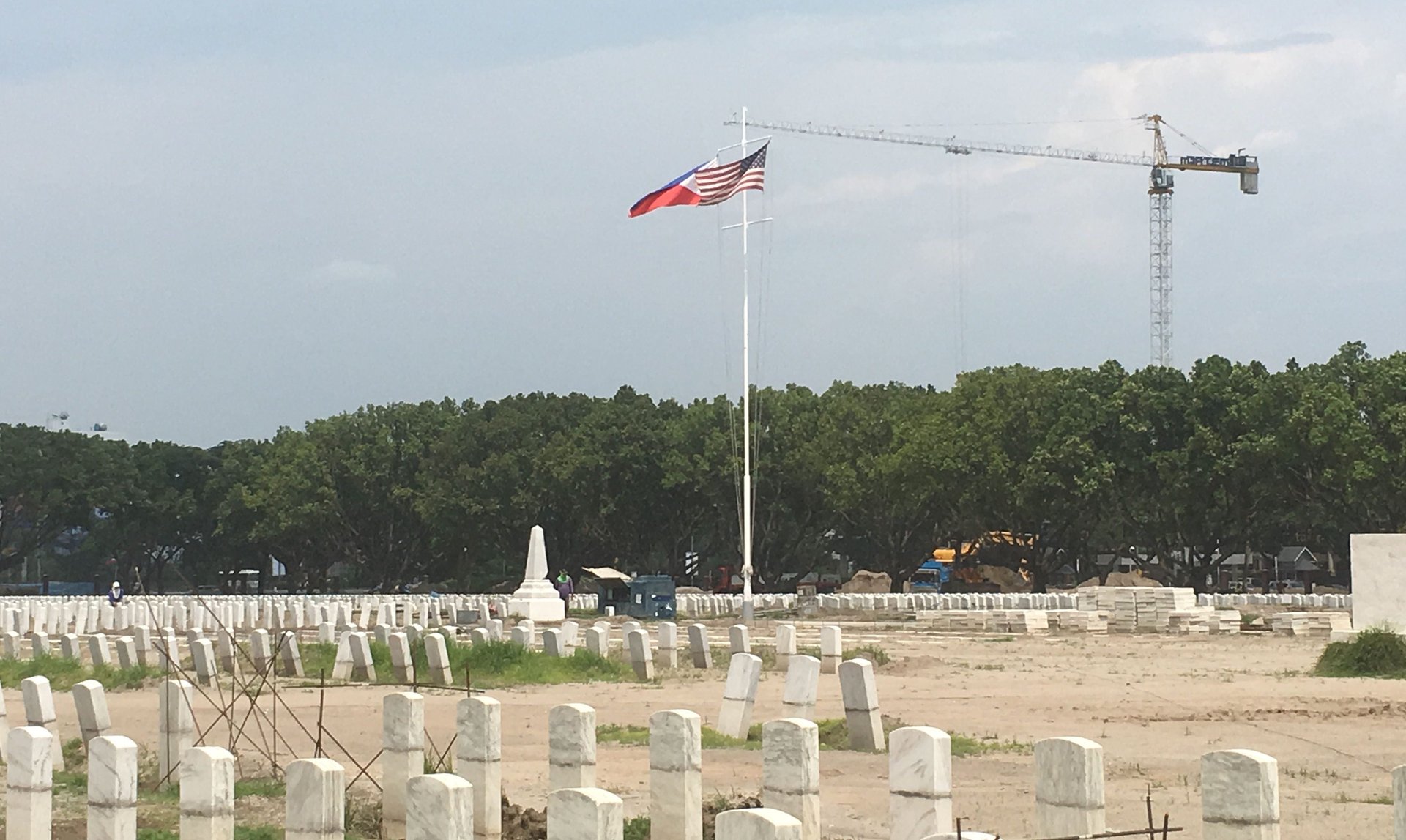
The connection between the Philippines and the US is a difficult one to break because it is ingrained in policies, culture, and, in cases like Felker’s, family. The latest US census report shows that Filipinos are the second-largest Asian group in the US. And in the Philippines, there are as many as 250,000 people who are part American.
Political links also run deep. Thanks in large part to a mutual defense treaty signed in 1951, the US is now assisting the Philippine military in its effort to reestablish control of Marawi, a city on the southern island of Mindanao that was overtaken in late May by terrorists linked to ISIL. Such assistance comes despite Duterte’s proclaimed “separation” from the US.
“Filipinos are America’s No. 1 fan club,” Casiple said. “Our relation with the US is too deep historically. It’s beyond Duterte.”